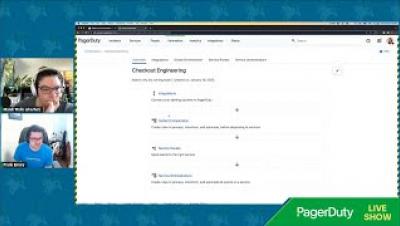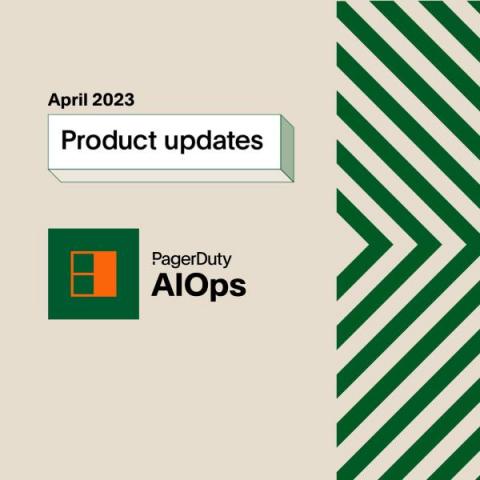Operations | Monitoring | ITSM | DevOps | Cloud
PagerDuty
See Global Event Orchestration End-to-End
Debugging Kubernetes with Automated Runbooks & Ephemeral Containers
In our previous blog, we discussed the difficulty in capturing all relevant diagnostics during an incident before a “band-aid” fix is applied. The most common, concrete example of this is an application running in a container and the container is redeployed—perhaps to a prior version or the same version—simply to solve the immediate issue.
Updating Your Account Owner
Top 3 Incident Response Problems AIOps Can Help Your Teams Solve
More data for data’s sake doesn’t help anyone. What organizations need is more information–actionable insight. With data coming from incoming streams of events and alerts, teams don’t have enough time to look at each one. And they struggle to parse and consolidate this data in order to figure out what they need to do next to resolve an incident.
5-Minute Demo PagerDuty AIOps Automation and Orchestration
Reduce MTTR and Take Automation to a New Level with PagerDuty Global Event Orchestration
PagerDuty’s Global Event Orchestration is now generally available. Global Event Orchestration’s powerful decision engine enriches events, controls their routing, and triggers self-healing actions based on event data. Teams can use this functionality across any or all services within PagerDuty. This feature is a continued investment in Event Orchestration, demonstrating PagerDuty’s commitment to providing customers with best-in-class automation capabilities.
Global Event Orchestrations Demo
PagerDuty AIOps Harnesses the Power of AI, Built-in Automation, and the Company's Foundational Data Model to Transform Modern Operations for the Enterprise
Introducing PagerDuty AIOps: Harnessing the Power of AI to Transform Modern Operations for the Enterprise
Today, PagerDuty launched a new AIOps solution to leverage the power of AI, provide built-in automation and build on the company’s foundation data model to transform modern operations for the enterprise. PagerDuty has long suppressed noise to help distributed development teams focus.











